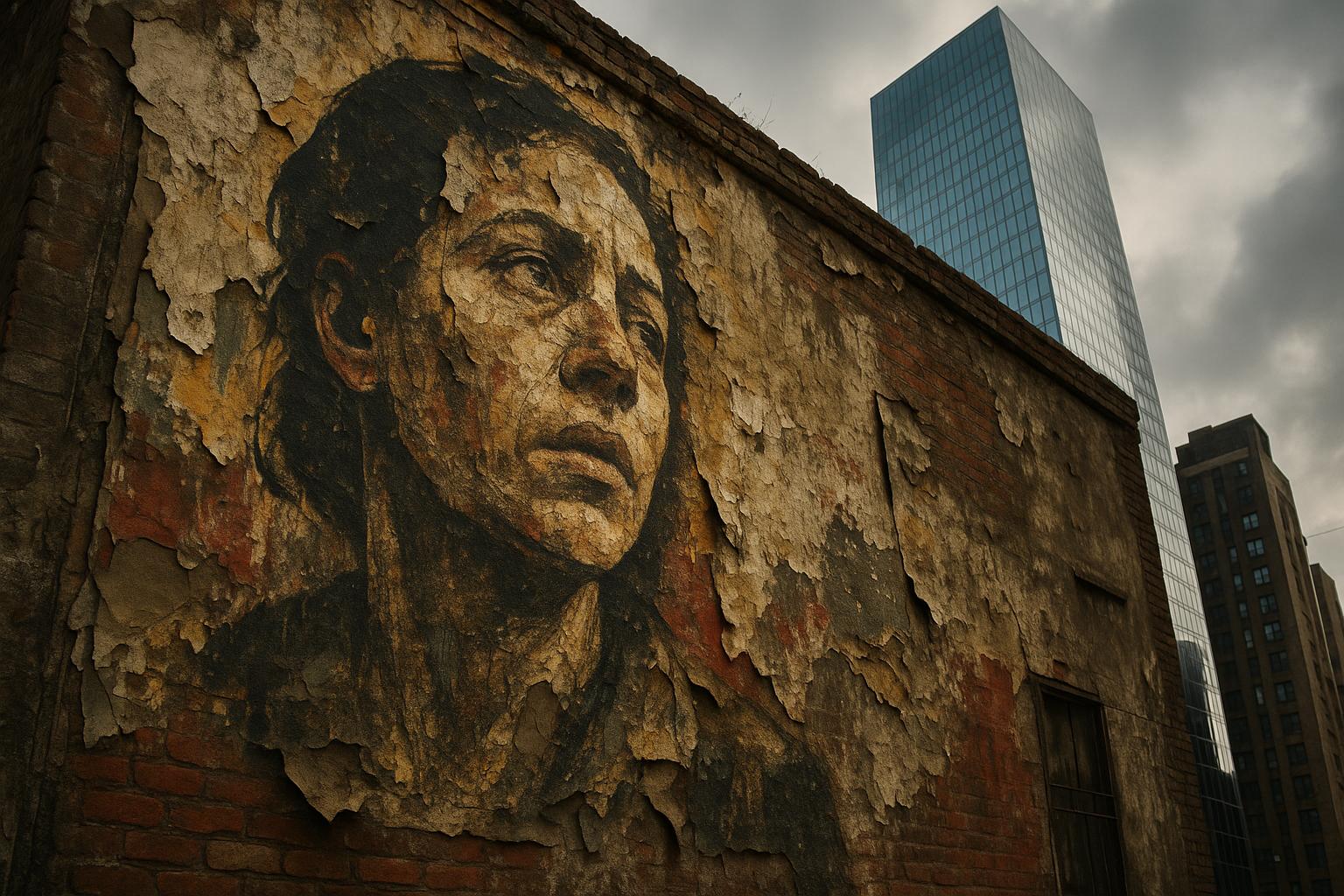Urban development projects have been pivotal in transforming cities worldwide, often hailed for modernization and economic growth. However, these initiatives frequently stir controversy due to their complex and multifaceted impact on local communities. An in-depth investigation reveals that while urban redevelopment can revitalize decaying areas, it also presents significant challenges, notably community displacement, loss of historical sites, and socio-economic tensions.
Research from the Urban Institute highlights that around 20% of residents in redevelopment zones face the risk of displacement. This finding resonates with broader data underscoring the widespread issue of gentrification, where rising property values and living costs often push out long-standing, usually lower-income, residents. The National Community Reinvestment Coalition’s report “Displaced by Design” paints a particularly concerning picture for minority populations. Their analysis shows that 15% of central city neighbourhoods in the U.S. have experienced gentrification, leading to cultural displacement in Black communities. Case studies from Lafayette Square in St. Louis and the U Street/Shaw area in Washington, DC, illustrate the nuanced patterns and impacts of this phenomenon, which often strips communities of their social and cultural fabric.
These demographic shifts are starkly visible in cities like Atlanta. Metro Atlanta ranks fourth in the United States for gentrification-driven displacement in majority-Black neighbourhoods from 1980 to 2020, according to the National Community Reinvestment Coalition. A combination of individual-led property improvement and large-scale developer revitalization projects has transformed the racial and social landscape, with many predominantly Black census tracts becoming majority-white. Although the city has introduced programs aimed at helping residents remain amid redevelopment pressures, challenges persist. The East Lake revitalization project in Atlanta exemplifies the complexities; while it brought improved housing, schools, and reduced crime, it also corresponded with a 22% decline in the Black population and a rise in white residents. Urban Institute researchers suggest these demographic changes are more attributed to new arrivals than benefits to original residents, spotlighting the delicate balance between urban renewal and social equity.
Beyond displacement, urban development reshapes the very physical and cultural character of cities. A review by the Heritage Preservation Society documents that over 30% of historical landmarks have been compromised in redevelopment efforts over the last decade. This loss ignites tensions between preservationists and developers, with the former advocating for safeguarding cultural heritage against the tide of modernization.
The public health dimension further complicates urban renewal. A study published in the European Journal of Public Health reveals that gentrification, often propelled by urban renewal, can disrupt social networks and daily activities of displaced residents. Such upheaval not only erodes community cohesion but also leads to stigmatization and discrimination, underscoring the need for urban policies that integrate health equity and social stability with development goals.
Underlying these challenges are economic forces described in academic modelling of urban settlement patterns. Rising land values driven by income inequality and preferences for high-amenity areas create pressure that displaces low-income residents and reshapes metropolitan structures. This dynamic interaction necessitates nuanced, community-centric urban planning.
Key actors in these developments include local governments, private developers, and community organisations. Interviews with city planners reveal frequent tensions between profit-driven motives and community needs, highlighting the importance of incorporating genuine community input. The National Urban Planning Commission stresses that sustainable urban growth depends on balancing modernization with protecting residents' rights and voices.
Moving forward, ongoing investigations aim to deepen understanding through collecting resident testimonials and analysing city planning documents. This continued scrutiny is crucial as urban areas expand rapidly, demanding strategies that prioritise inclusivity, cultural preservation, and equitable access to housing.
The evidence is clear: while urban development projects offer substantial benefits, their execution must conscientiously mitigate adverse social impacts to foster truly thriving and just communities.
📌 Reference Map:
- Paragraph 1 – [1] (Newshub)
- Paragraph 2 – [1] (Newshub), [2] (National Community Reinvestment Coalition)
- Paragraph 3 – [4] (Axios), [5] (Axios), [2] (National Community Reinvestment Coalition), [1] (Newshub)
- Paragraph 4 – [1] (Newshub)
- Paragraph 5 – [3] (European Journal of Public Health)
- Paragraph 6 – [7] (Arxiv)
- Paragraph 7 – [1] (Newshub)
- Paragraph 8 – [1] (Newshub)
Source: Noah Wire Services
